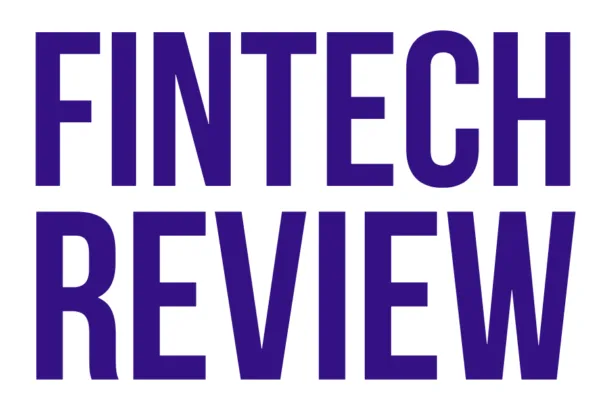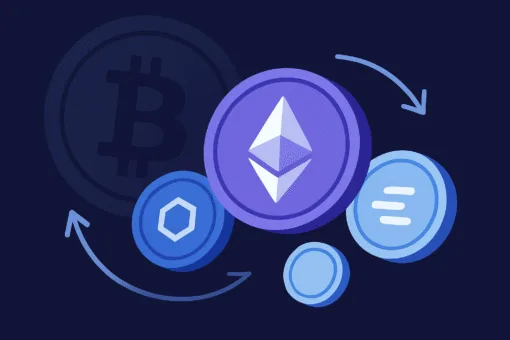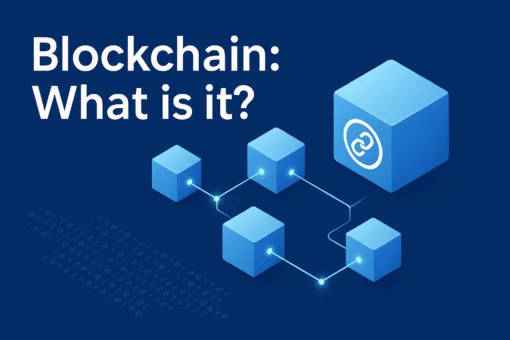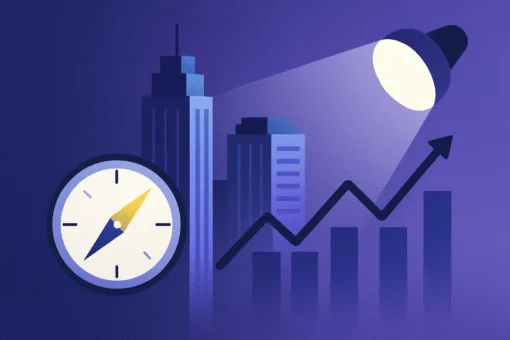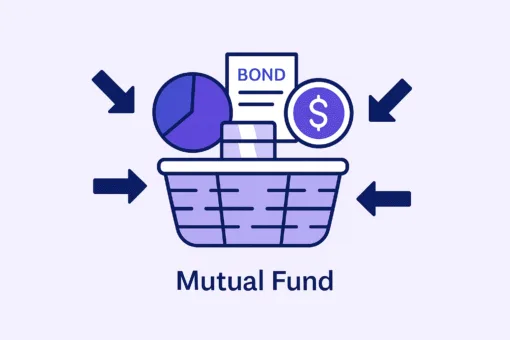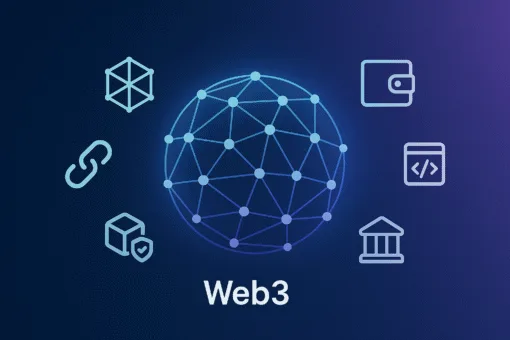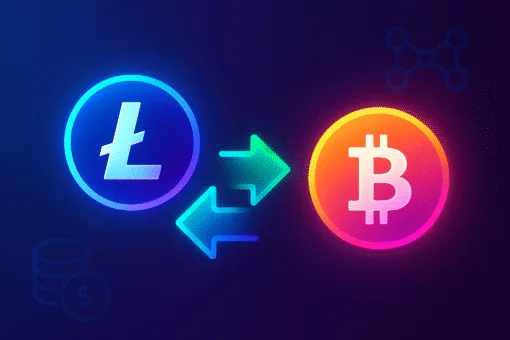This is a guest post by Jaimini Pattani, Senior Retail Banking Analyst at GlobalData, a data analytics and consulting company headquartered in London.
COVID-19 has significantly changed the mindset of consumers in terms of the way they want to manage and spend their money. Low interest savings rates and either a surplus or lack of savings across households has meant that retail banks have had to compete in other areas such as customer service and the most efficient money management and budgeting tools. Whilst some players have not used their time wisely during the economic shutdown, others have significantly improved their strategy and taken advantage of this time to become more innovative and open to new customer experience trends.
Here comes the boom: BNPL
However, just when the retail banks thought that customer service and digital innovation were the key focal points of the pandemic, along comes the boom in Buy Now, Pay Later (BNPL) putting the very existence of credit cards to threat. BNPL has seen overwhelming growth over the last year and is expected to see further rapid growth by 2025. The appeal of less stringent credit checks, spreading the costs of a purchase and the hassle-free concept of BNPL is on the rise. That’s especially true with the younger Gen Z and millennial cohort. What legacy players have failed to realize is that the younger cohort is in fact the next generation of customers. Therefore, taking this demographic and their needs seriously is a must. Not just from a service and digital adaptation perspective but from a life cycle perspective too.
The New Kids On The Block
The likes of Klarna and Afterpay have done exactly that.
The younger cohort are usually not at the stage of applying for credit or even being eligible in some cases. BNPL providers have understood the life stage and enabled a service that has suited their needs. Whilst successfully marketing their service through social media platforms. Relatively quickly, these companies have been able to move onto the next stages of growth. Most recently, the BNPL sector has upped their game with in-store developments. For example, UK-based Zilch is rolling out a ‘tap and pay-over-time’ feature. It lets shoppers make in-store payments with their digital wallets, with the cost spread over a six-week period. Australian BNPL player Afterpay announced its virtual card. To make an in-store purchase, customers select the card icon in the Afterpay app, thereby activating the card, which can be used to pay with Apple Pay or Google Pay.
Furthermore, Klarna has been extremely busy with new in-store partnerships. The company is now giving users the option to download its app and create a digital one-time card. Additionally, Klarna has announced new airline partnerships, a digital banking service and most recently has launched CO2 insights for all shopping purchases as part of its 1% pledge.
What next for BNPL?
A potential in-store BNPL boom across a younger demographic might start to appeal to the older demographic too. Those customers that would usually purchase larger items through a credit card or store finance schemes could in theory start to use BNPL instalments when in-store. Klarna’s airline partnership and new ESG focused concepts potentially shows the firm’s movement into a wider age demographic.
For retail banks, the worrying loss off interchange fees, interest and late fee income could become more evident. That’s at a time when more customers accept and understand the concepts of BNPL. The number of applications from customers for credit cards and even small loan could decline significantly. Which in turn could lead to stagnant growth across the retail banking sector. As BNPL potentially becomes more widely accepted by consumers, it will be interesting to see how legacy players react.
It’s likely that they will actually still be less accepting and not willing to incorporate this into their product offerings at first. A key issue that lies with legacy banks is that as consumers themselves develop and become open-minded, legacy banks only tend to match this level of acceptance and innovation when it’s too late… This creates an imbalance between customer needs and legacy bank offerings.
